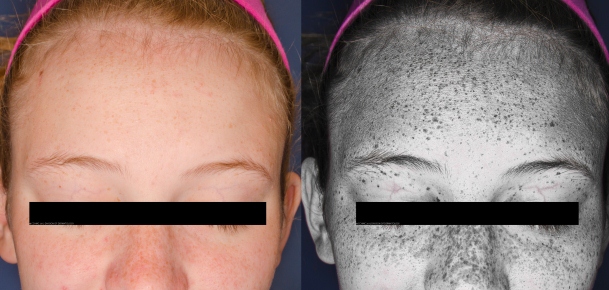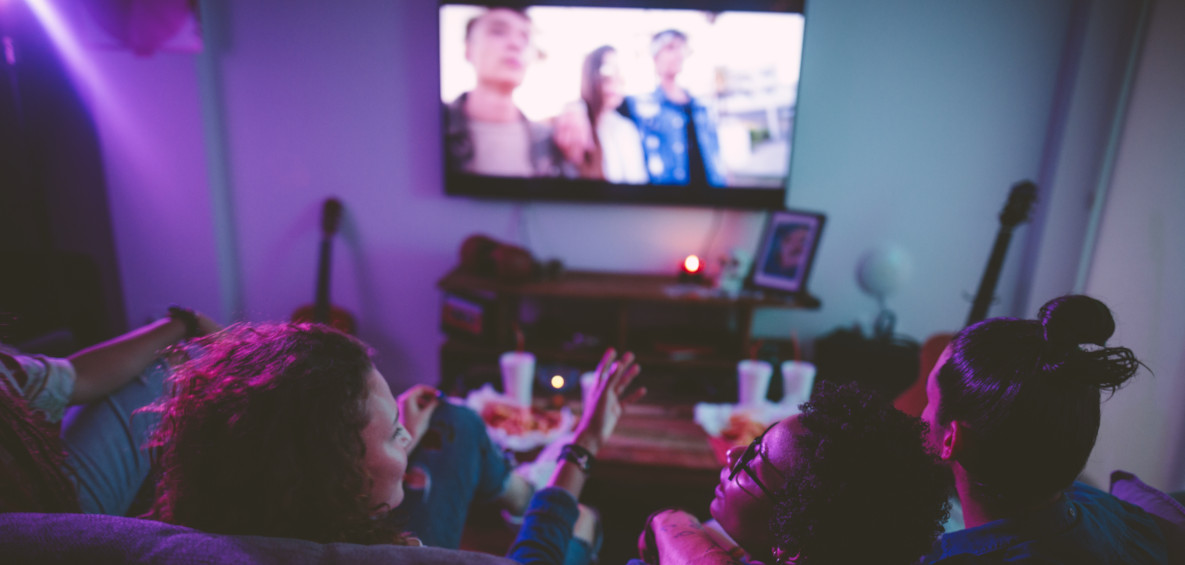Here’s a reason to consider no tanning or the “spray tan option” instead of a tanning bed: Reported cases of melanoma in teens and young adults have skyrocketed; and they are directly associated with an increased use of tanning beds and unsafe sunbathing habits.
Twenty minutes in a tanning bed has the same effect on your skin as spending an entire day at the beach. In fact, tanning beds are worse because they omit UVA light directly to the skin’s surface.
We put a lot of effort into educating people on the importance of using sunscreen to protect themselves from the sun’s harmful rays. We need to put that same level of effort into promoting the harmful realities of tanning bed use.

There is No Longer a Question that Tanning Beds Can Cause Skin Cancer
According to the World Health Organization (WHO), people who use tanning beds before age 30 increase their risk of developing melanoma by 75 percent. And they are 2.5 times more likely to develop squamous cell carcinoma, and 1.5 times more likely to develop basal cell carcinoma. The damage isn’t visible right away, but it’s real.
Fortunately, some states are taking action to curb skin cancer in kids. California recently became the first state to ban children under 18 from using tanning beds. The public backlash earlier this year against the deeply bronzed New Jersey woman arrested for allegedly taking her 5-year-old daughter into a tanning booth shows that awareness of the dangers of tanning beds is increasing.
Tanning Beds are Not the Answer to Vitamin D Deficiency
Some patients we see in our clinic claim to use tanning beds during the winter so they can absorb the Vitamin D they feel they are missing from not being outdoors in the sun. If you are truly concerned about a Vitamin D deficiency make an appointment with your doctor for a proper evaluation. Extra UV exposure from a tanning bed is not the answer.
There are healthier ways to get Vitamin D, either through a vitamin supplement or by changing your diet to include salmon, tuna, eggs, yogurt and fortified milk, orange juice, and cereals.
Melanoma doesn’t discriminate. It can happen to anyone at any age. Learn more about skin cancer prevention.






I have been having issues with Exzema for over a year. My Dr. currently has me on a lotion of Triamcinolon(that me be the wrong spelling) and I use it and it works, but constantly battle with this. Is there a better treatment that will stop it all together?